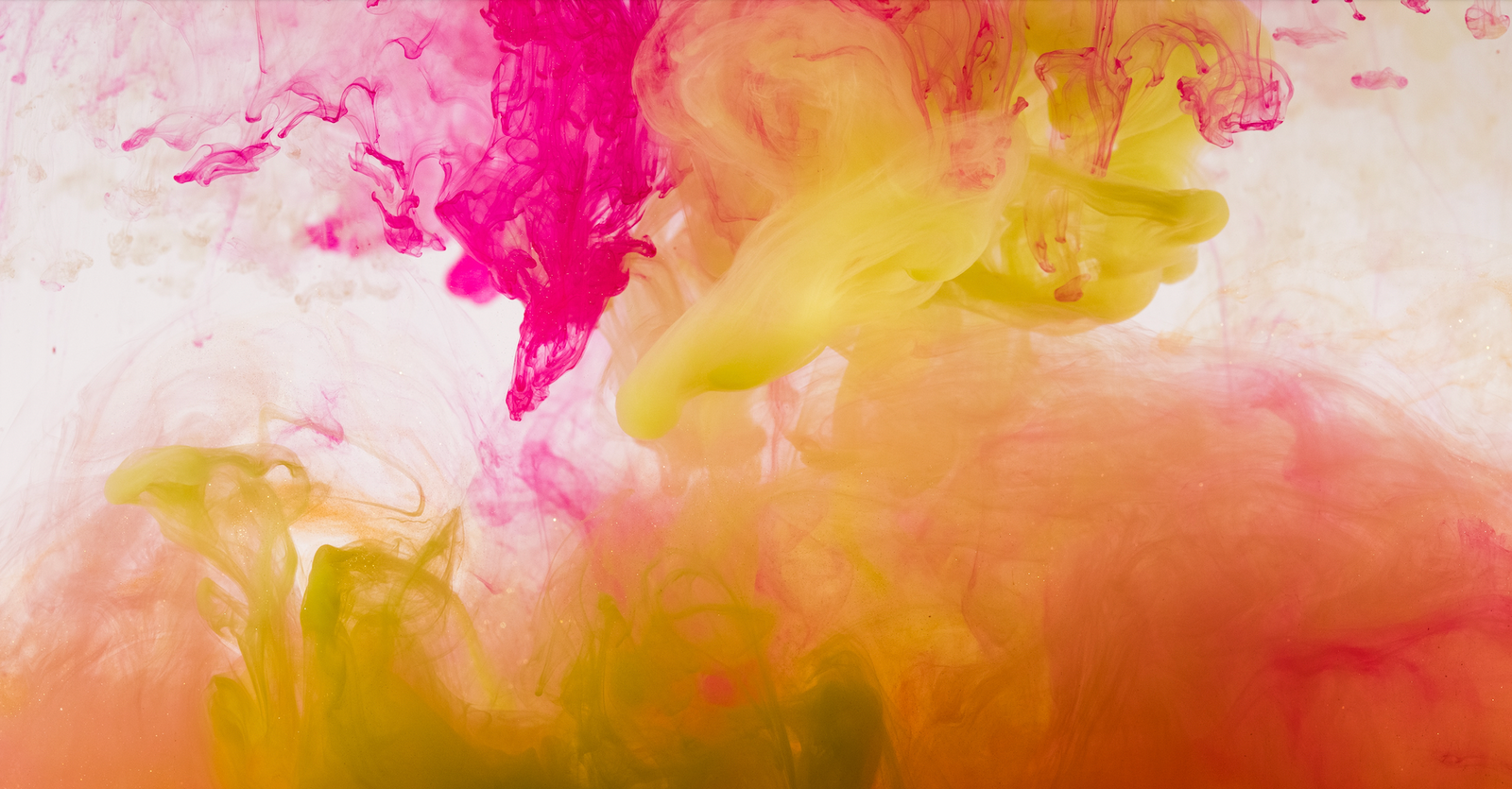Exploring Harmful Dyes in Fashion

The fashion industry is known for its creativity and vibrant designs, but beneath the surface lies a hidden truth that often goes unnoticed: the use of harmful dyes in the production of textiles. Dyes play a crucial role in bringing colour to our clothes, but many of them contain toxic chemicals that pose risks to human health and the environment. In this blog, we will dive into the world of harmful dyes, their impact, and the importance of seeking alternatives for a more sustainable and responsible fashion industry.
Dyeing fabrics is an ancient practice that has evolved over time, but the chemicals used in modern textile dyeing processes have raised concerns. Conventional synthetic dyes often contain substances such as azo compounds, heavy metals (including lead, chromium, and cadmium), and formaldehyde. These chemicals have been linked to various health issues, including skin irritation, respiratory problems, and even carcinogenic effects. On top of this, the production and release of these dyes contribute to water pollution, as untreated wastewater containing toxic substances finds its way into rivers and ecosystems.
The use of harmful dyes not only affects consumers but also poses significant risks to the workers involved in the dyeing process. Textile workers, particularly in developing countries with lax regulations, are often exposed to toxic chemicals without adequate protective measures. Prolonged exposure to these substances can have severe health consequences for these individuals, ranging from skin disorders to respiratory ailments. By supporting brands that prioritize the use of non-toxic dyes, we can contribute to a safer working environment for these workers.
As mentioned earlier, the discharge of untreated wastewater from dyeing facilities contaminates water bodies, disrupting aquatic ecosystems and threatening biodiversity. The presence of heavy metals in these dyes accumulates in the environment, posing long-term risks to wildlife and ecosystems. As well as this, the energy-intensive production processes and the disposal of dyeing by-products contribute to carbon emissions and waste generation, exacerbating the industry’s overall environmental footprint.
Fortunately, there are sustainable alternatives to harmful dyes that can help mitigate the negative impacts of textile dyeing. Some eco-friendly dyeing methods include natural dyes derived from plant sources, such as indigo, turmeric, and madder root. These natural dyes not only offer a wide range of beautiful hues but also minimize environmental harm and reduce health risks. Innovations in biotechnology and nanotechnology are paving the way for the development of non-toxic and water-efficient dyeing processes, reducing the industry’s reliance on harmful chemicals.
As consumers, we have the power to drive change in the fashion industry. By making conscious choices and supporting brands that prioritize sustainable dyeing practices, we can encourage a shift towards safer alternatives. Here are a few ways we can contribute:
- Educate Yourself – Learn about the harmful effects of synthetic dyes and the benefits of sustainable alternatives. Stay informed and seek out brands that prioritize environmentally friendly dyeing practices.
- Look for Certifications – Look for certifications such as the Global Organic Textile Standard (GOTS), OEKO TEX or Bluesign that ensure responsible and non-toxic dyeing processes. These certifications indicate a brand's commitment to sustainability and can guide your purchasing decisions.
- Support Ethical Brands – Choose brands that prioritize transparency and provide information about their dyeing processes. Support companies that invest in research and development of eco-friendly dyes and work towards minimizing their environmental impact.
- Extend the Lifespan of your Clothes – By taking care of your garments, you can prolong their lifespan, reducing the need for frequent replacements. This, in turn, minimizes the demand for new clothing production and reduces the overall environmental impact.
- Advocate for Change – Use your voice to demand stricter regulations and transparency in the fashion industry. Support initiatives that promote sustainable fashion and raise awareness about the harmful effects of conventional dyeing practices.
Our choices have the power to shape the future of fashion. Let's prioritize our health, the well-being of workers, and the conservation of our planet by supporting brands that embrace responsible dyeing practices. Together, we can drive positive change and create a more sustainable future.






Leave a comment